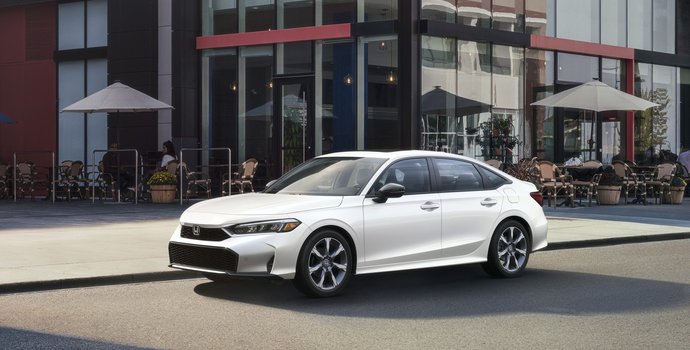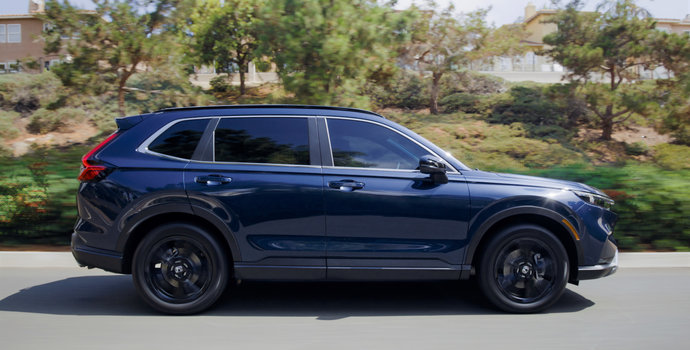Should You DIY or Visit a Service Station to Install Summer Tires?
Now that the cold season is over, it’s time to substitute those winter tires for something more summer-friendly, whether it’s for that long-awaited road trip or simply to get to work. Once temperatures have reached or exceeded seven degrees Celsius, it’s time to put those summer tires on your vehicle. Summer tires can better manage a terrain that’s no longer frozen due to the frigid temperatures, making it easier to gain traction on the road.
You can have your summer tires installation done at a local service station, or you can do it yourself if you can. Both methods have their advantages and disadvantages, which you need to consider before engaging in winter tire removal.
Advantages of Doing It Yourself
When entertaining the DIY or Visit Dealership debate, there will be a myriad of factors to consider, particularly cost. There are a few advantages of having summer tire installation done on your own.
It’s a Cheaper Alternative
You can save yourself money when swapping winter tires for their summer alternative on your own. You’ve already bought the parts and, if you know what you’re doing, you save yourself a lot of time. You won’t have to waste extra hours or use up oil in your car driving to a dealership every few months to get your tires switched.
You Help Make Your Vehicle Healthier
Each time you change your tires, especially if you're coupling it with changing your oil, you allow your tires to wear evenly. That makes for greater fuel efficiency and allows your tires to last longer, preventing you from going to a dealership for new ones every so often.
It Gives You a Better Insight into How Your Vehicle Operates
You can learn a lot from installing your own summer tires, such as how to mount them, how much wear they can handle, and so on. You’ll be able to keep tabs on the stability of all your tires, making sure they each have even traction. This way, your car stays balanced and gives you a better feel behind the wheel.
Once you have checked your tire positions, you'll want to find the correct procedure for tire and wheel removal in your owner's manual. First, you'll need to break the lug nuts or bolts loose before raising the vehicle so you can take the tires off. A four-way wrench or socket on a breaker bar is the best tool to remove these lug nuts carefully.
You then can raise your vehicle using a jack, supporting the vehicle with jack stands on a flat, levelled surface. From there, you remove your winter tires and test-fit each of your summer tires in its final position. If there are any temporary retaining devices or any rust from the mounting surface of brake rotors and drums, remove them before making the switch.
Check the fit of your wheel onto the vehicle’s hub. The bolt circle of the wheel in question must match that of the wheel and your vehicle. If it doesn’t, then you’ll need to call a service station for reinforcements. To verify that you have matching lug and bolt thread sizes, install your lug and bolt without the wheel and ensure there is no resistance.
You should only do winter tire removal and subsequent summer tire installation if you're sure of what to do. It not only requires expertise but safe practices, considering the machinery being used. A fraction of doubt should lead you to call experts who will finish the job on your behalf.
A Service Station Will Know the Particulars
If your tires are already mounted on wheels (also called on-rims), the service station will take the existing wheels off and bolt on the correct ones for the season. If you’re using the same wheels for both sets of tires, then more work will need to be done. The service station will need to unmount all four tires, then mount the appropriate tires onto the wheels. They will then balance the tires to ensure that there’s no steering wheel vibration before bolting them back into your car.
Because summer tire installation is such a layered and arduous process, having a service station take care of it can prove a wise choice. Doing it yourself requires endless focus and a bit of your time in order to get it done. Plus, you may judge that the weather is such that you don't need to install summer tires right away. A professional can tell you when the best time is to commit to your spring maintenance plan and install your summer tires, just in case you're unsure. They can fit each tire according to how your car is set up so that it runs evenly.
At a service station, they’ll have the right tools to use and the material to give your rims the best polish possible while replacing the valve stem. The hardest part of tire installation, mounting them, is where a service station appointment can prove to be a worthy investment. They’ll spin your tires on a balancing machine or a road force wheel balancing machine. The latter puts pressure on the tire to simulate your vehicle’s weight on the wheel. It makes things smoother and allows you to go on road trips knowing your wheels have even tread wear and can withstand long journeys.
Visiting a service station may lead you to spend more money, but it could help you avert disaster and give you a better understanding of wheel specifications. It saves you the exertion as well. Plus, you can ask questions regarding spring maintenance tips for your tires and other things to ensure your vehicle is in the best standing possible.
Installing summer tires on your own can be a learning experience. However, if you are not familiar with all aspects of the installation process or do not have the necessary tools on hand, then it's not worth the risk.
Goderich Honda staff will help you understand all your tire needs and answer any other vehicle-related questions you have. Visit Goderich Honda today.


![Installing Summer Tires? DIY Vs Service Station [Pros And Cons]](https://img.sm360.ca/images/article/humberviewgroup-941/113966//should-you-diy-or-visit-a-service-station-to-install-summer-tires-banner-1200x2751684181416635.jpg)




